| Fortress Malta:
Lots of New Pieces
By Mike Bennighof, Ph.D.
February 2014
I conceived the Fortress Malta book a long time ago, with one real purpose: to add more toys to Island of Death. And we’ve certainly accomplished that. The book as completed has 420 pieces – more than the original Island of Death. Almost all of them are combat units, adding lots of firepower to Island of Death.
Because of the nature of the game, almost all of that added firepower is on the Axis side. Fortunately for the Allies, it doesn’t all come into play at once. Well, it could: it’s your game, you bought and paid for it, but the book's scenarios cover four distinct plans or variations, and often have their own unique force pool.
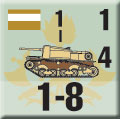 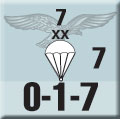 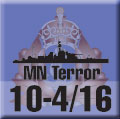 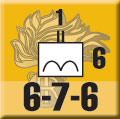
In Island of Death, the British-Maltese garrison is isolated, on an island barely able to support its own civilian population. Despite efforts to expand potato growing and the introduction of strict rationing, Malta simply could not feed many additional people. The garrison expanded a lot between 1940 and 1941, and then a little more by the summer of 1942. By then British commanders were questioning their soldiers’ physical ability to march and fight after months of short rations.
Seriously reinforcing the garrison was therefore out of the question: Malta could not feed the troops already there. So we have some adjustments to the pieces provided in Island of Death: a couple of artillery battalions that should have been included in the original game, some deserved upgrades to the British Regular Army battalions of the garrison, and a minor battalion adjustment. Otherwise, there’s just one Allied-themed variant, a full battalion of tanks with new vehicles instead of the one squadron from it and sent to Malta with the scrapings of Eighth Army’s maintenance depots.
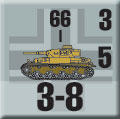 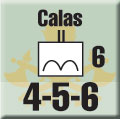 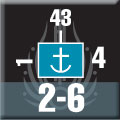 
The original game left out Malta’s many forts; they were badly outdated by 1940 and added little to the defense. But they did add a little, and the Allied player is going to need every little edge he or she can get. So we’ve included markers for nine additional forts to help slow the Axis juggernaut.
And the Axis do bring a juggernaut, but as mentioned above these troops don’t all hit the beaches at once. There are scenarios for the 1940, 1941 and 1942 invasion plans, plus an even-more-hypothetical Italian-only airborne assault. In 1940 there’s just the Bari Division, which isn’t very good, and a handful of marines and parachutists, who are.
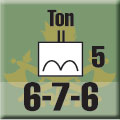 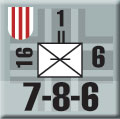 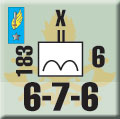 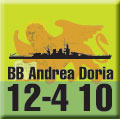
The Italian Navy’s San Marco Regiment of marines now gets its proper due, with elite morale. There are two full battalions of four companies each; not all of them are present in every scenario but they do give the beach assaults a much more potent first wave. And these aren’t the only Italian marines: the Axis also get three battalions of Blackshirt marines, not nearly as potent as the Navy’s sea soldiers but they do get to land in the first wave all the same.
For the 1941 plan, the Germans take the center stage and they bring a lot of airborne combat power. The 7th Flying Division is a large formation, with nine battalions of its own plus three more in the attached Assault Regiment. Each battalion is one-third larger than a British or Maltese infantry battalion, and it has much greater morale. They don’t have much artillery support, but that’s about all the paratroopers are lacking. Once they’ve captured an airfield they can start bringing in the German 22nd Air-Landing Division, a crack unit with outstanding morale and all the artillery and other accoutrements of a full-strength infantry division. There is one Italian parachute regiment present, including the Royal Carabinieri Parachute Battalion (just about the coolest piece ever).
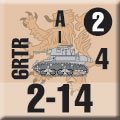  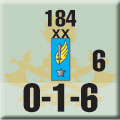 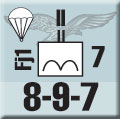
The 1942 scenarios have been changed quite a lot, to add units that the Axis planners intended to include in their assault. The German Army now has its proper two tank companies: one of the very newest model of PzKpfw IV, the other with giant captured Soviet KV-II assault tanks. The German airborne component now includes two more regiments of paratroopers, drawn from the 7th Flying Division (now re-named the 1st Parachute Division).
The Italian Friuli Division has been upgraded; it had trained alongside the Livorno Division for a full year and was equipped to the same standard and should have been rated the same. The pieces included in the original game are still used for the 1941 scenarios, when Friuli was not nearly as capable. The two Italian infantry divisions of the second assault wave are now included in the game; they’d been left out of the original as they represent a sort of overkill. If the Axis gets the Assieta and Napoli divisions ashore, they’ve pretty much already won the game. Well, now you can get them ashore. They’re not very good, but they make up for their lack of training with poor equipment.
 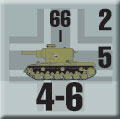 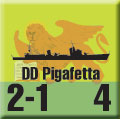 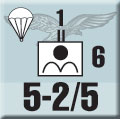
The Axis player also has the option to cancel the invasion of the nearby, undefended island of Gozo and bring a third well-trained assault division onto Malta, the 1st “Superga.” That stacks the odds even more heavily against the Allies, but then, no sane planner intends to create a “fair fight.” The object is to bring overwhelming force to bear against the enemy at a key point.
And finally we have the all-Italian airborne assault. This was highly unlikely to occur in reality; the Italian high command indicated they would not go forward with the attack without German airborne participation. You can try it anyway: the Axis has the 184th “Nembo” Parachute Division to fling at Malta alongside the 185th “Folgore” and the 80th “Spezia” Air-Landing Division. So you get all the pieces for the Nembo division, and some updates for Folgore (which had no artillery: like Nembo, its “artillery” regiment was armed solely with 47mm anti-tank guns).
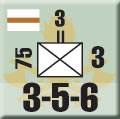 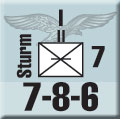 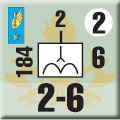 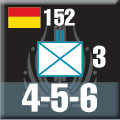
And there are some other weird and wonderful units: the Italian Battaglione Santa Barbara, made up of volunteer firefighters recruited to control the retractable ladders mounted on landing craft to help scale Malta’s rocky cliffs (the book as the full story). The tiny self-propelled 47mm guns attached to Italian infantry divisions for the assault. Libyan paratroopers. His Majesty’s Monitor Terror. Italian battleship support.
The pieces themselves are just beautiful to look at and fun to hold: they're made with our new scorchless/sootless laser-cutting methods, which leave them completely smooth (no damage from the die strike). This is a great bundle of new toys. It took long enough, but it will bring lots of extra play value to Island of Death.
Don’t wait! Order Fortress Malta right now and send the Blackshirt Marines and Fighting Firemen into battle!
|
